A Ground Squirrel is any of several rodents in the Sciuridae, or squirrel, family. These particular rodents share a tribe, known as Marmotini. All of the members of Marmotini spend much of their lives on the ground rather than in trees. Read on to learn about the Ground Squirrel.
Description of the Ground Squirrel
The members of this group take a number of different shapes and sizes. They do not look like the typical bushy-tailed squirrel, though some have quite furry tails. Some, like the marmot, have rather rotund bodies, while other species have a lean build.
These rodents range in size from about 6 in. long to 29 in. long or more, depending on the species. The heaviest individuals surpass 17 lbs. or more!
Interesting Facts About the Ground Squirrel
Researchers recognize over 60 different species in the Marmotini tribe. Learn some interesting traits and behaviors of a few specific species below.
- Prairie Dog – This well-known rodent lives throughout the prairies of North America. Scientists recognize 5 different species across their range. Many people also own these creatures as pets.
- Siberian Chipmunk – Also known as the common chipmunk, this species lives throughout northern Asia. It is the only species out of the 25 different chipmunks that does not live in North America.
- Alpine Marmot – You can find this species living in mountainous regions of central and southern Europe. It is the largest species in the Marmotini tribe, tipping the scales at 10 – 15 lbs.
- Antelope Squirrel – This group of 5 species are some of the smallest in the Marmotini tribe. Most measure about 6 inches long or so. Though each species is slightly different, all 5 have a white stripe of fur running down either side of their flanks.
Habitat of the Ground Squirrel
These terrestrial squirrels prefer living on the ground, though some species do climb trees. Each species has its own unique habitat preferences. They live in a wide range of different ecosystems, including rocky areas, grasslands, prairies, scrub, and open woodlands. Some also inhabit pastures or farmland, and public parks or gardens.
Distribution of the Ground Squirrel
You can find the various species throughout numerous regions worldwide. Some species live in North America, some in Europe, and others through Asia.
Each species has its own unique distribution and range. Their distributions range between immense areas spanning entire continents, to miniscule regions. Some species overlap with the populations of others.
Diet of the Ground Squirrel
Diet changes based on the species and where the squirrel lives. As a whole, they are omnivorous, which means that they eat both plants and small animals. Their diet commonly contains seeds, berries, nuts, fungi, fruit, insects, eggs, invertebrates, and more.
Ground Squirrel and Human Interaction
Human impact varies drastically based on the species. Each species faces different threats from human activity. However, the most common shared threat is habitat destruction, typically in the form of deforestation or agriculture. The IUCN lists many species as Least Concern, but some face greater danger than others.
Domestication
Humans have not domesticated these creatures in any way.
Does the Ground Squirrel Make a Good Pet
Some species do make good pets. However, you should never keep a wild animal as a pet. Any pet you purchase should come from captive-bred animals to prevent the spread of disease and depletion of natural populations.
Ground Squirrel Care
Care varies based on the species at hand. Some species, like certain prairies dogs, thrive in human care. For other species, we simply don’t know what goes into their care because people have not kept them extensively.
Generally, you attempt to replicate their wild habitat and diet. For example, an animal that lives in underground tunnels should have adequate hiding places and artificial tunnels.
Behavior of the Ground Squirrel
As is the case with most groups, behavior changes based on the species at hand. Some species live diurnal lives and spend their days foraging for food. Other species prefer searching for food in the late evening or overnight and display nocturnal behavior.
Their social interaction also ranges based on the species. Some live solitary lives while others live in large colonies.
Reproduction of the Ground Squirrel
This should come as no surprise, but the breeding habits and rates of these rodents also change based on the species. For example, the Siberian chipmunk breeds with multiple partners; but in the Alaskan marmot species, the females breed with a single male.
Gestation period and litter size also vary. Using our previous example, the Siberian chipmunk has a gestation period of about a month, while the Alaskan marmot gestates for about six weeks.

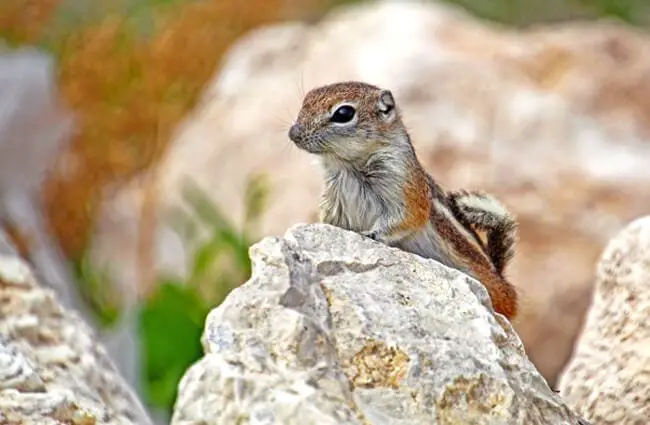
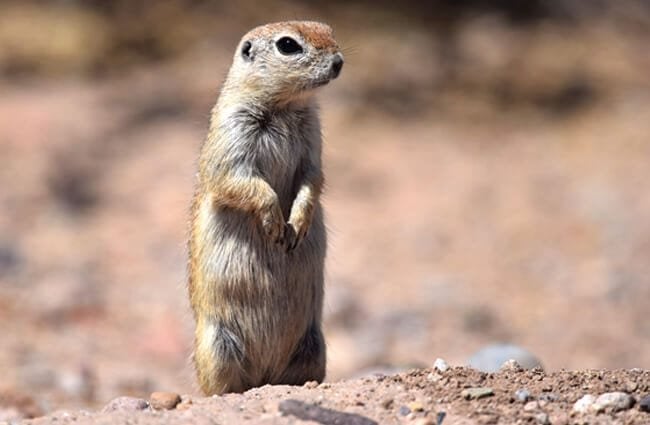
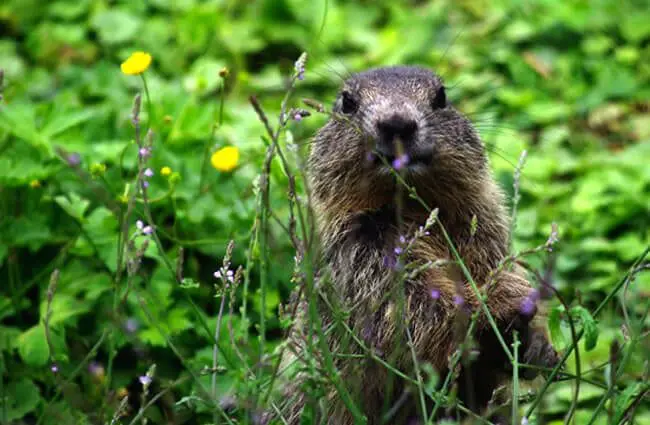
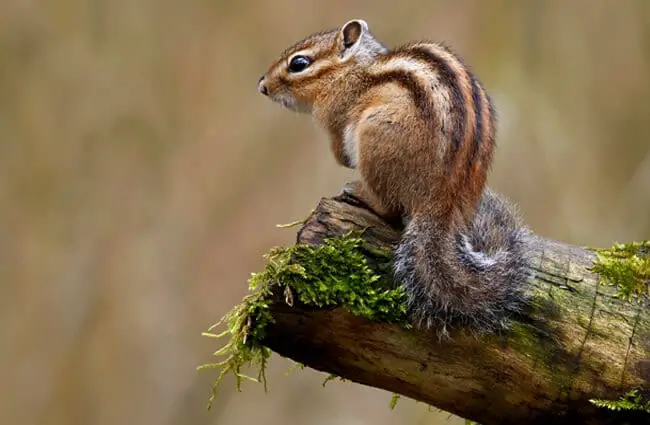
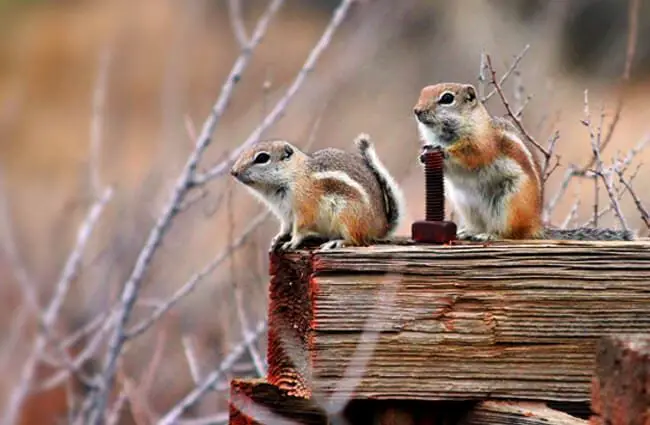

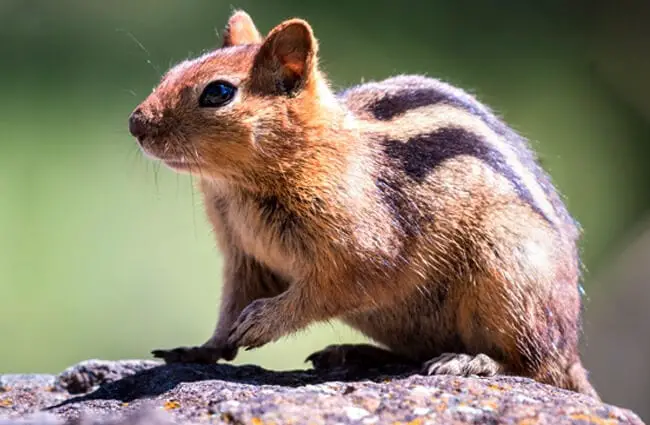


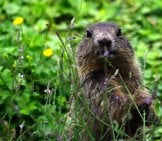
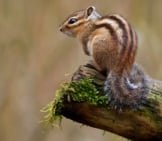
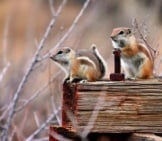
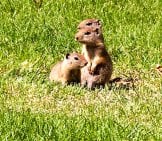
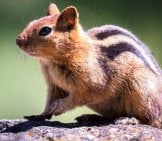
![Red Angus Closeup of a beautiful Red Angus cowPhoto by: U.S. Department of Agriculture [pubic domain]https://creativecommons.org/licenses/by/2.0/](https://animals.net/wp-content/uploads/2020/03/Red-Angus-4-238x178.jpg)






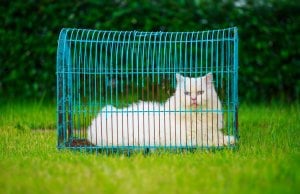
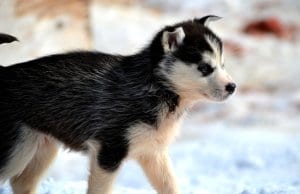




![Red Angus Closeup of a beautiful Red Angus cowPhoto by: U.S. Department of Agriculture [pubic domain]https://creativecommons.org/licenses/by/2.0/](https://animals.net/wp-content/uploads/2020/03/Red-Angus-4-100x75.jpg)

